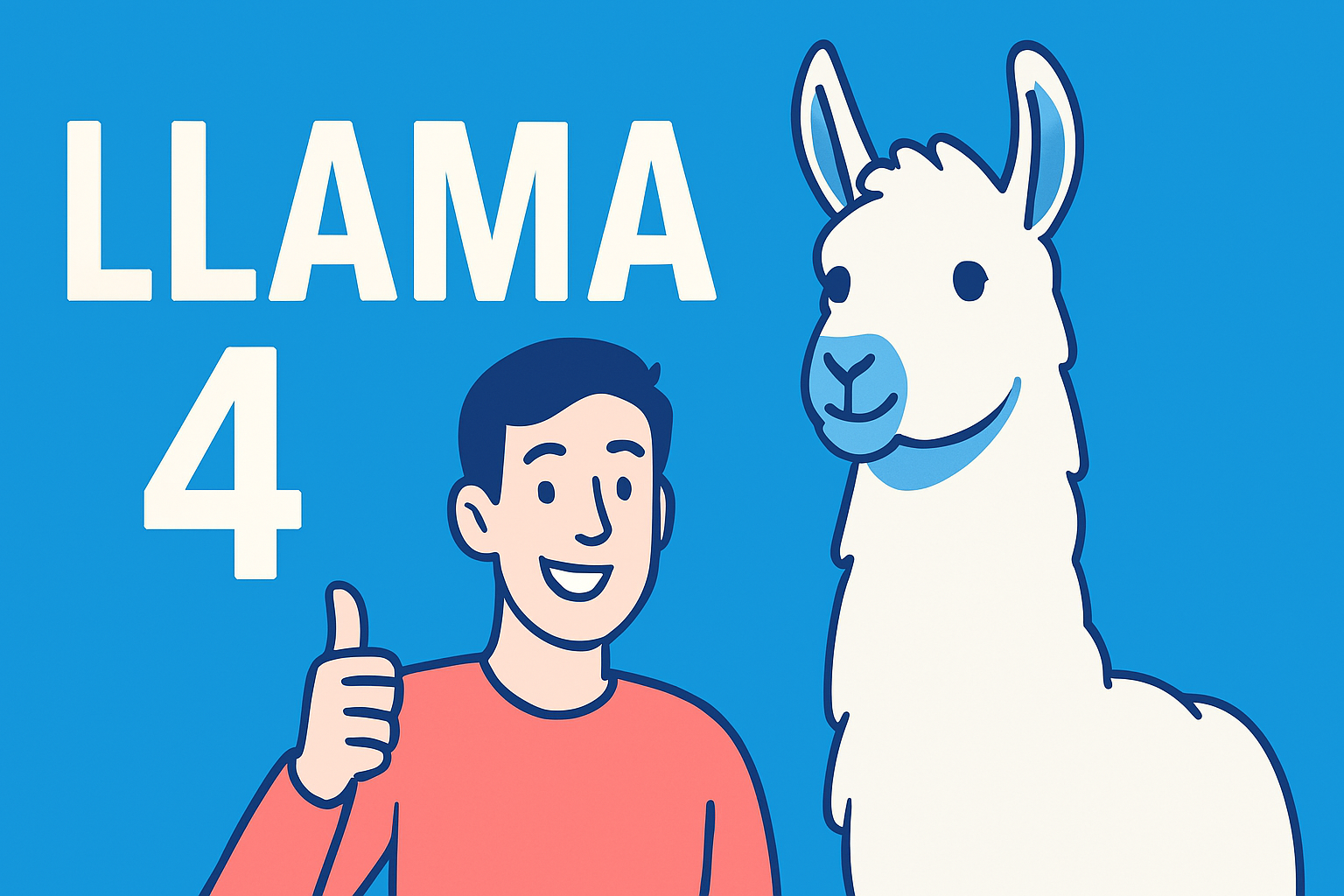Meta has officially launched Llama 4, the latest installment in its open-weight large language model series, setting a bold new standard for multimodal AI. Unveiled on April 5, 2025, Llama 4 isn’t just an incremental update—it’s a leap toward more capable, efficient, and accessible artificial intelligence. With two models now available and a third in training, Llama 4 positions Meta at the forefront of foundational AI development.
What’s New in Llama 4?
Llama 4 builds on the successes of its predecessors with major architectural advancements. Most notably, it employs a mixture-of-experts (MoE) architecture. This technique selectively activates only a subset of the model’s parameters during inference, reducing computational overhead while retaining performance. In short, Llama 4 is faster, leaner, and smarter.
The Three Llama 4 Models
Meta’s rollout includes two models available today—Llama 4 Scout and Llama 4 Maverick—with a third, Llama 4 Behemoth, currently in training.
🐏 Llama 4 Scout
- 17B active parameters
- 16 experts
- Designed to run efficiently on a single NVIDIA H100 GPU
- Delivers best-in-class performance in coding and reasoning tasks
- Supports an extended context window of up to 10 million tokens
Scout is aimed at developers and researchers who want high performance without demanding infrastructure. Its ability to run on a single GPU makes it ideal for experimentation and deployment in lean environments.
🐏 Llama 4 Maverick
- Also features 17B active parameters, but with 128 experts
- Optimized for heavier workloads, including multimodal tasks
- Delivers improved reasoning and memory capabilities
- Ideal for AI startups, enterprise applications, and AI-native platforms
🐏 Llama 4 Behemoth (In Training)
- 288B active parameters
- 16 experts
- Meta’s largest model yet, being trained to serve as a next-gen foundation model
- Expected to support even longer context windows, deeper reasoning, and more complex tasks
Native Multimodal Intelligence
One of Llama 4’s most exciting breakthroughs is native multimodal support. For the first time in the Llama family, these models can reason across text, images, and video, allowing richer interactions and deeper contextual understanding. Meta says this makes Llama 4 ideal for applications in search, creative generation, education, and enterprise knowledge systems.
How It Performs
Early benchmarks show Llama 4 outperforming both closed and open-weight competitors, including OpenAI’s GPT-4, Mistral 3.1, and Google’s Gemma 3. It leads in coding tasks, mathematical reasoning, and multilingual performance, and maintains high accuracy across long-context retrieval benchmarks.
Meta’s focus on real-world utility shines through: Llama 4 is tuned for accuracy, coherence, and factual grounding, with training datasets that reflect a broader and more diverse range of content compared to Llama 3.
Like its predecessor, Llama 4 is open-weight, not fully open-source. That means developers and researchers can download and fine-tune the models—but with conditions. The license restricts usage by companies with over 700 million monthly active users, and prohibits deployment within the EU, a decision likely driven by regulatory concerns around data privacy and AI accountability.
Despite this, Llama 4 remains one of the most accessible high-performance LLMs available for general use.
Looking Ahead: LlamaCon 2025
Meta has announced LlamaCon, a dedicated AI developer conference, set for April 29, 2025. The event promises deep dives into Llama 4’s architecture, community demos, and insights into Meta’s roadmap for future releases, including Behemoth and potentially Llama 5.
Llama 4 marks a pivotal moment for the open-weight AI ecosystem. By combining high performance, multimodal support, and more efficient infrastructure demands, it bridges the gap between powerful AI and real-world deployment. While licensing constraints may raise questions about openness, the model itself delivers on what matters most: capability, scalability, and accessibility for builders.
Whether you’re an indie developer, a research lab, or an enterprise team, Llama 4 is one of the most powerful tools now available to shape the next wave of intelligent applications.

